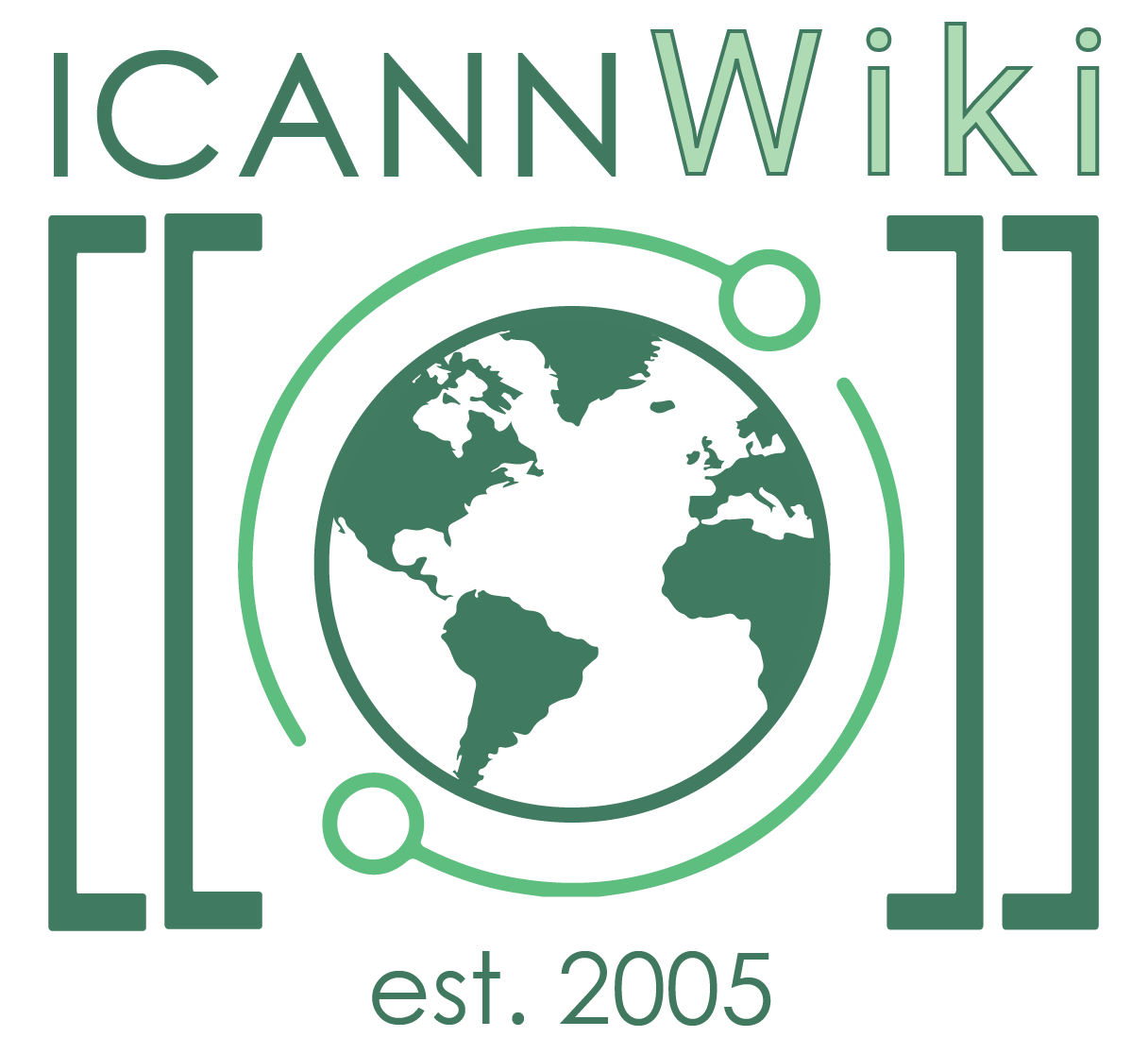As-a-Service Model
The As-a-Service model is one outcome of Cloud Computing and is increasingly common due to the Internet of Things.[1] The label "as-a-service" refers to a pay-per-use structure.[2]
Reasons entities use aaSes
- fast-paced and agile
- the ability to build customized solutions with advanced tools quickly
- helps business and organizational leaders avoid reinventing the wheel[3]
The scalability of the Cloud also means that there isn’t much need for self-provisioning – and all of this at lower prices.
Common Concerns
- Interoperability, as in integration with existing apps and services;
- Vendors may make it difficult to get out, and the data may not be technically or cost-effectively portable;
- Lack of integration support;
- data security;
- minimal customization capabilities;
- lack of control; and
- performance and downtime are up to the vendor.[4]
Platform as a Service
Examples include AWS Elastic Beanstalk, Windows Azure, Heroku, Force.com, Google App Engine, Apache Stratos, and OpenShift.
Software as a Service
SaaSes are cloud application services. They utilize the Internet to deliver applications that are managed by third-party vendors. Most run directly through web browsers and thus don't require downloading or installation.[5] Examples include Google Workspace, Dropbox, Salesforce, Cisco WebEx, Concur, and GoToMeeting.
Infastructure as a Service
Examples include DigitalOcean, Linode, Rackspace, Amazon Web Services (AWS), Cisco Metapod, Microsoft Azure, and Google Compute Engine (GCE).
Data Management as a Service
DMaaS is a type of cloud service that provides companies with centralized storage for all types of data sources.[6]
Ransomware as a Service
RaaS has become professional, organized crime with sophisticated operations, a marketing team advertising products and services, customer service, and negotiators for communicating with victims on behalf of clients to discuss payment.[7] There are 4 versions of the RaaS model:[8]
- Monthly subscription for a flat fee
- Affiliate programs with 20% to 30% of the profits going to the operator
- One-time license fee with no profit sharing
- Pure profit sharing
References
ICANNWiki resources: Special Pages | Content Guide | Documentation | Development || Maintenance: Articles needing attention | Candidates for deletion || Projects: Internet & Digital Governance Library
